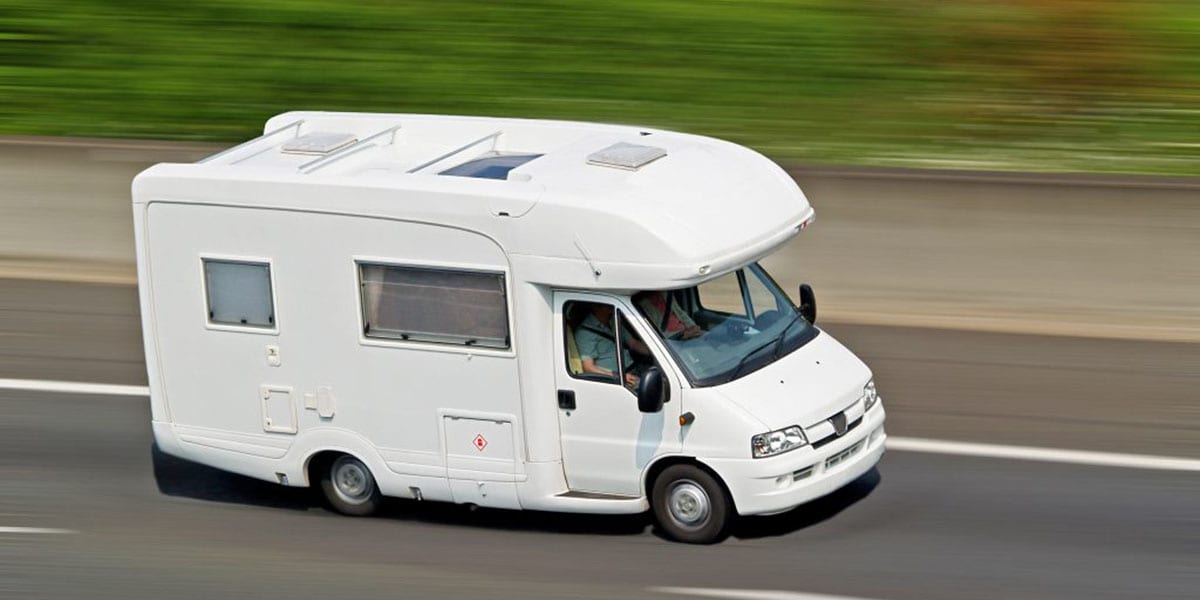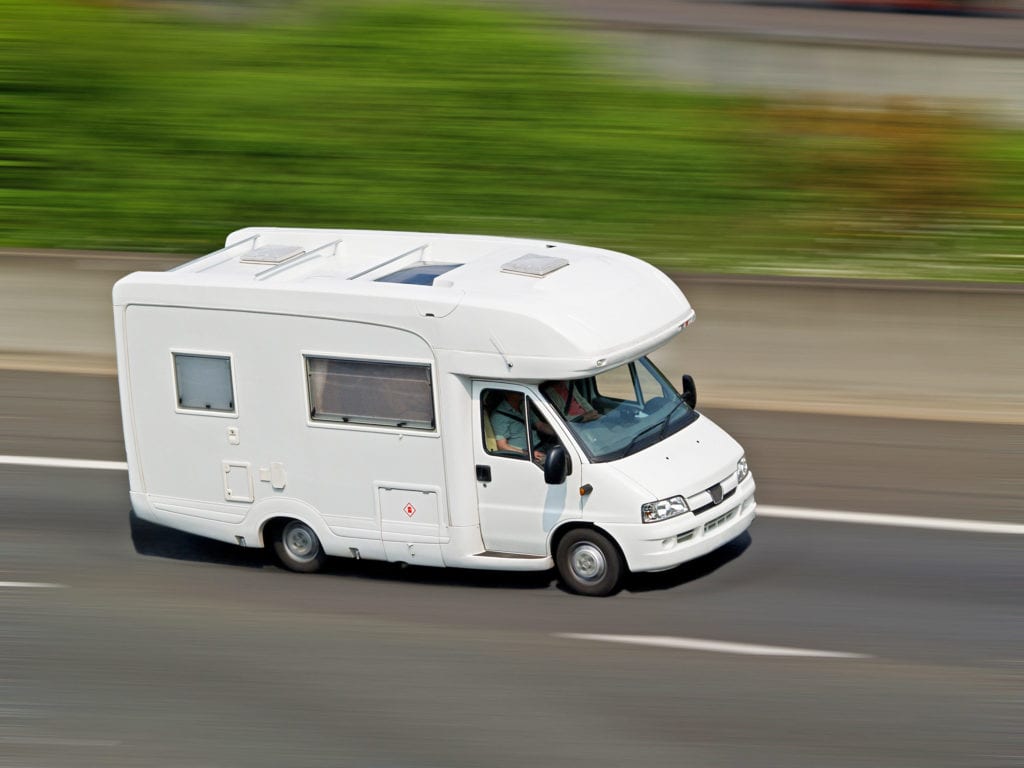Motorhomes are typically driven at close to maximum weight on every journey, placing high demands on the vehicle’s tyres. They should be regularly checked to ensure they are in roadworthy condition.
TyreSafe recommends that in addition to initial checks, all owners consciously check their tyres once a month, to ensure that the overall condition of their tyres hasn’t changed. Particular care should be taken to carry out a thorough and regular visual inspection.

TyreSafe advises owners to begin their visual checks by looking for any signs of damage on the tyres. Damage can include things such as lumps, bumps or cuts, as well as general deterioration, most commonly seen as cracking in the tyre’ sidewall. Also look for any objects which might be caught in the tread pattern, which should be removed with a blunt tool if possible. It’s important to remember, a tyre can be damaged even when brand new, so these checks should be carried out regularly, and certainly if you suspect you’ve run over a pothole or through road debris.
Over time, tyres will also slowly deflate so it’s essential pressures are checked. Check the vehicle manufacturer’s handbook, a plaque on the bodywork, the fuel filler cap or door shut to find the correct settings. If you can’t access those pressures from the manufacturer, TyreSafe.org has a tyre pressure look-up and two unique pressure calculators; one for caravans and another for motorhomes under the ‘Check Your Pressures’ section on the website, both of which are accessible from mobile devices.
To ensure compliance with regulations throughout Europe a minimum tread depth of 1.6 mm across the full tread width is strongly recommended. If you are traveling abroad, some European countries require winter tyres to be fitted at certain times of the year with a minimum tread depth of 3 or 4 mm, so be sure to check this with the countries you are visiting if this applies to you.
If your motorhome is going to stand for any length of time, it is wise to cover the tyres and to shield them from direct sunlight and if possible to jack the weight off them. If in doubt about the condition of your tyres, have them checked immediately by a tyre specialist.
It is strongly recommended that a compatible spare wheel/tyre assembly be carried for the motorhome. This should be checked for its condition and inflation pressure regularly. The pressure should be set at the maximum required for the vehicle. You never know when it will be needed and for which wheel position.
Check your tyres regularly but particularly when the motorhome has not been used for some time. Vehicles that are not used normally used during winter should be thoroughly inspected prior to re-use. Look particularly for any sign of age deterioration in the tyres such as sidewall cracking and carcass deformation. Tyres on a stationary vehicle, particularly if parked in coastal areas, always age more quickly than those in regular and frequent use.
It is essential to the safety and stability of the vehicle that all tyres are correctly inflated. This is a ‘golden rule’ of motoring and of motorhome operation in particular. Incorrect tyre pressures can not only adversely affect the handling, but can also cause dangerous tyre failure. The correct inflation pressure of your motorhome tyres will be shown in the vehicle/chassis handbook.
Pressures should be checked and, if necessary, adjusted prior to any journey when the tyres are cold – not during or after a run when they will be higher. Never reduce pressures when the tyres are warm, as they could be too low when they cool down. After pressure checking ensure the valve is not leaking and that a valve cap is fitted. Over time, tyres will also slowly deflate so it’s essential pressures are checked. Check the vehicle manufacturer’s handbook, a plaque on the bodywork, the fuel filler cap or door shut to find the correct settings. If you can’t access those pressures from the manufacturer, you can use our motorhome pressure checker here.
Tyres that are not inflated to the correct pressure wear out more quickly and affect the vehicle’s fuel consumption. So in the long run, keeping them at the right pressure could save you money.
THE VOLUME OF PRESSURISED AIR INSIDE THE TYRE DETERMINES THE LOAD THE TYRE CAN WITHSTAND. REDUCING TYRE PRESSURE REDUCES THE TYRE’S LOAD CARRYING CAPACITY.
In the interests of safety it is prudent to avoid continuous operation at the tyre’s maximum load capacity. Surveys over the years show that the opportunity for unwittingly overloading a motorhome, or poorly distributing the weight are high. To safeguard against overloading the tyres, the UK tyre industry recommends that the maximum load on an axle should not exceed 90% of the tyre load capacity as indicated by the tyre’s load index.
Valves appropriate to the wheel aperture and inflation pressures must be used. Note that standard rubber snap-in tubeless valves must not be used for cold inflation pressures over 4.5 bar (65 psi), so metal valves or special high pressure snap-in valves will be required for most motorhomes. Valves should be replaced or serviced when replacing tubeless tyres. When checking or adjusting inflation pressure, always ensure the valve is not leaking. A valve cap with an effective rubber seal must always be used.

